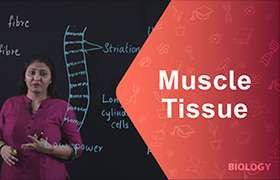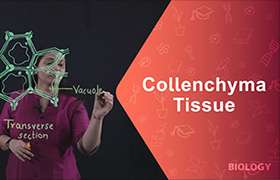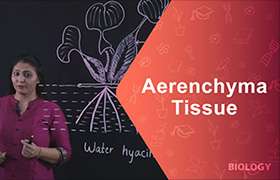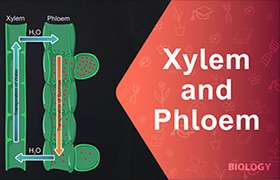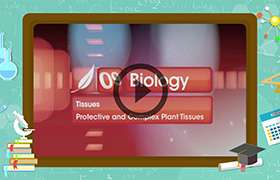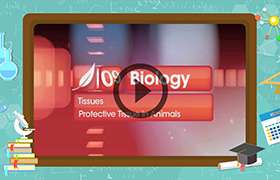CBSE Class 9 Answered
about cork
Asked by | 16 May, 2008, 11:45: AM
Cork is a nonliving, water-resistant protective tissue that is formed on the outside of the cork cambium in the woody stems and roots of many seed plants. The cork cells are compactly arranged without any intercellular spaces. The walls of these cells are thickened due to the deposition of an organic substance called suberin, which makes these cells impermeable to water and gases. Cork is protective in function and prevents dessication, mechanical injury and infection.
When plants age. the epidermis is replaced by a strip of secondary meristem called cork cambium, outside of which is formed the cork.
Answered by | 20 May, 2008, 10:43: AM
Application Videos
Concept Videos
CBSE 9 - Biology
Asked by thangjamz.kabita | 31 Mar, 2024, 06:32: PM
CBSE 9 - Biology
Asked by rehansindagi00 | 23 Jan, 2024, 07:03: PM
CBSE 9 - Biology
Asked by shantabaibaile | 21 Nov, 2023, 02:34: PM
CBSE 9 - Biology
Asked by divyasisode15 | 27 Aug, 2023, 08:08: PM
CBSE 9 - Biology
Asked by negimahak2 | 24 Feb, 2023, 09:00: AM
CBSE 9 - Biology
Asked by febievangeline612 | 11 Jan, 2023, 02:44: AM
CBSE 9 - Biology
Asked by priyanshdhiman2008 | 31 Oct, 2022, 07:20: PM
CBSE 9 - Biology
Asked by shivamasheeshpurohit2012 | 07 Sep, 2022, 10:22: PM
CBSE 9 - Biology
Asked by Ravi | 28 Aug, 2022, 08:23: AM

